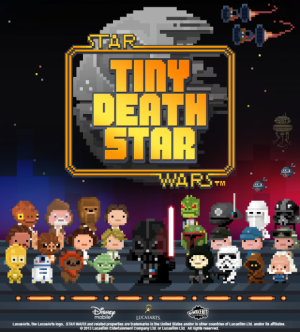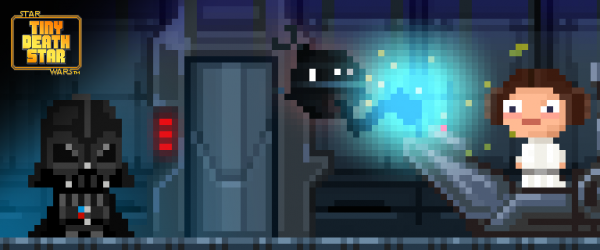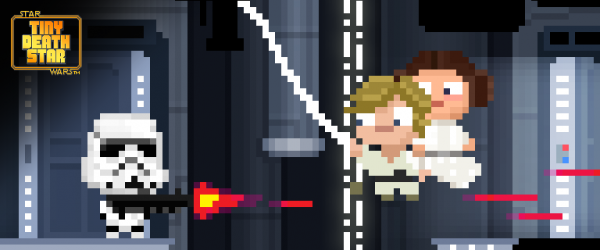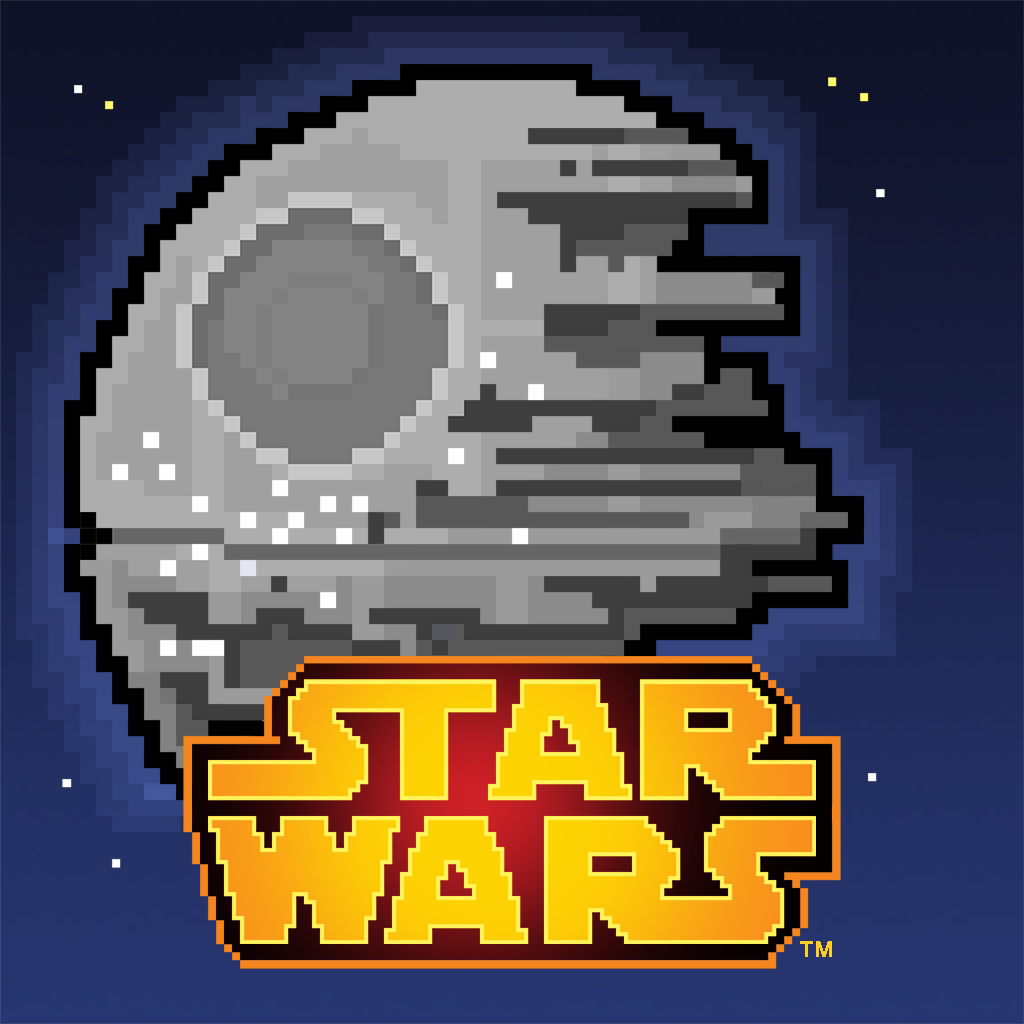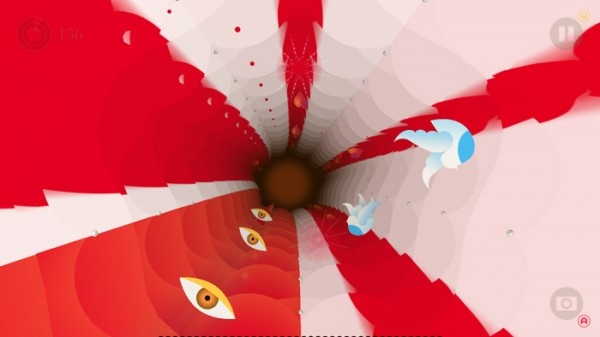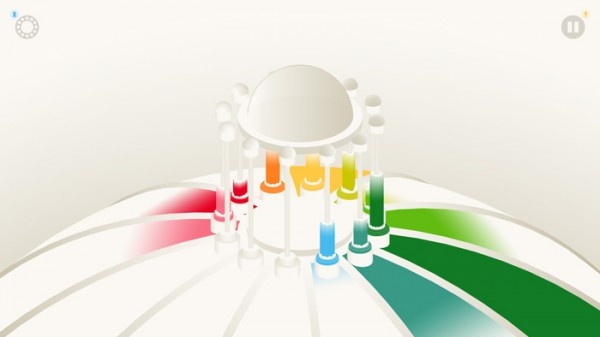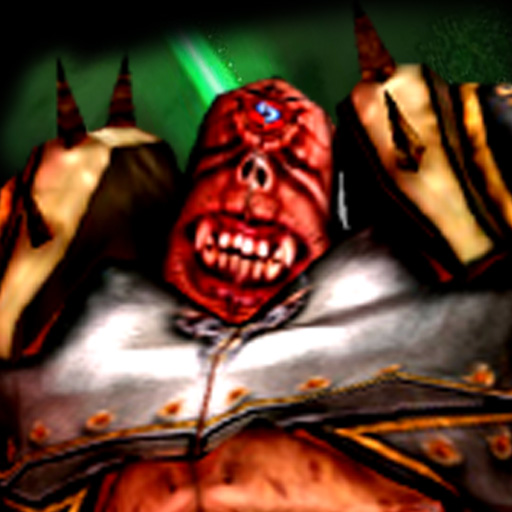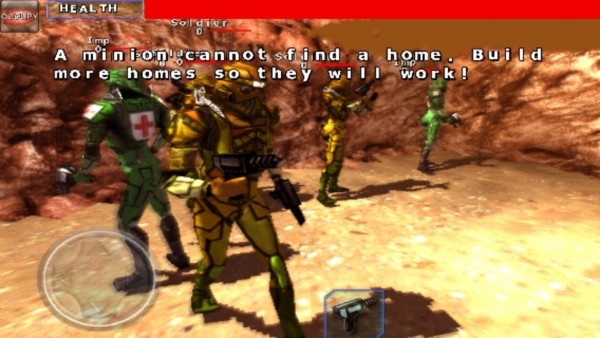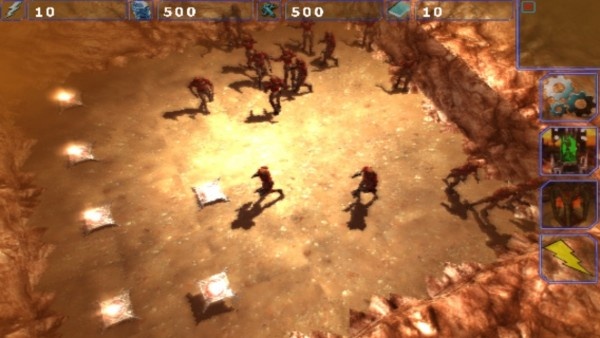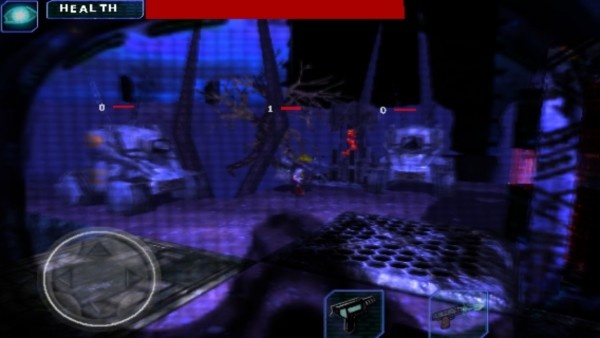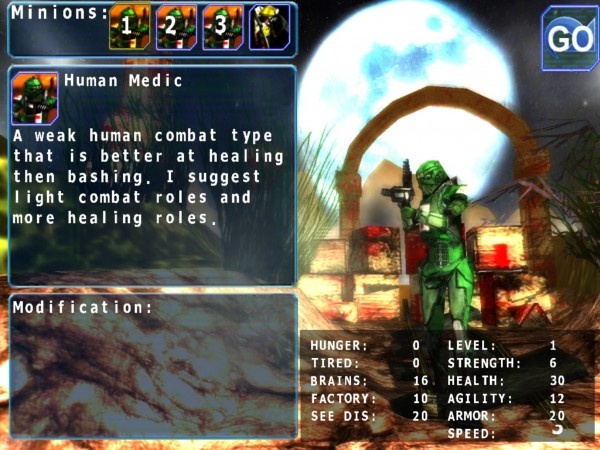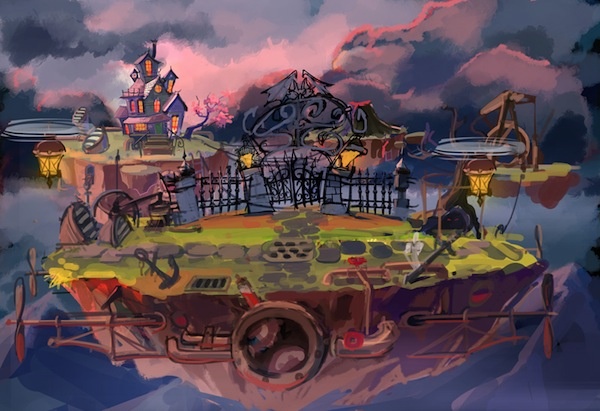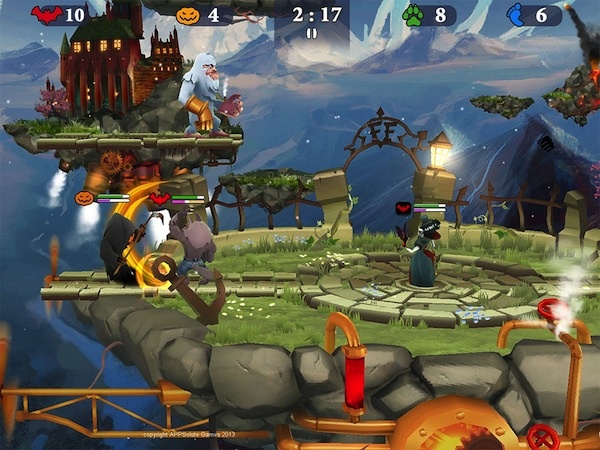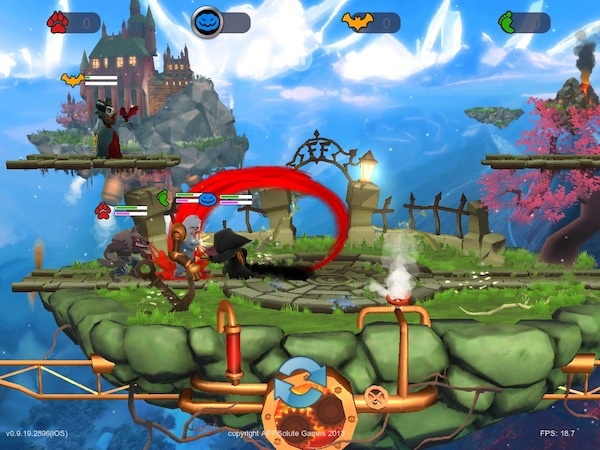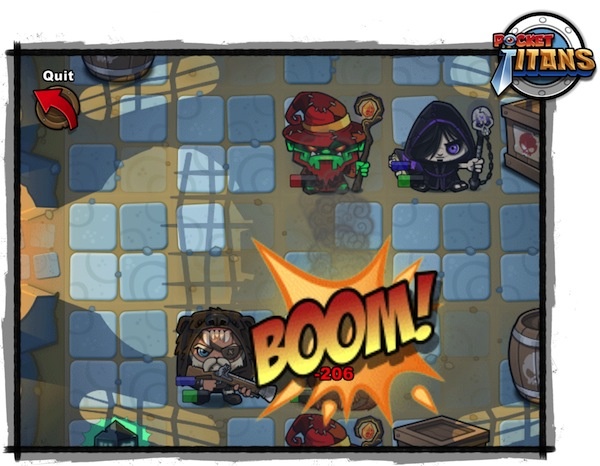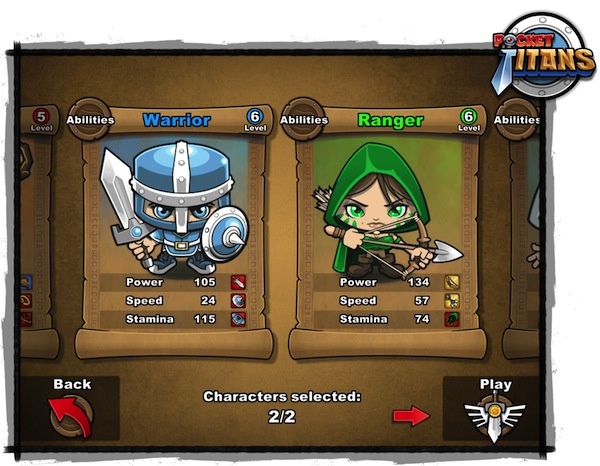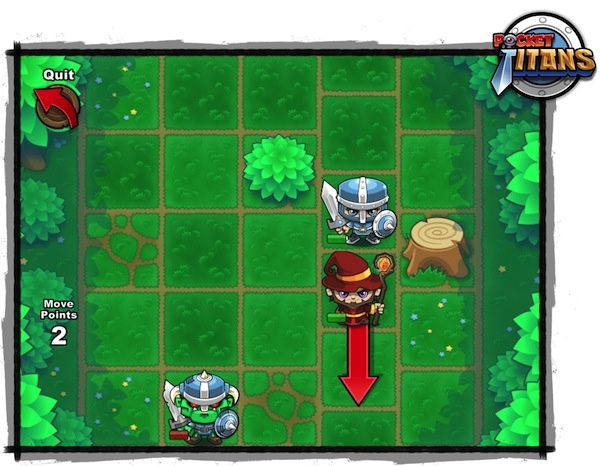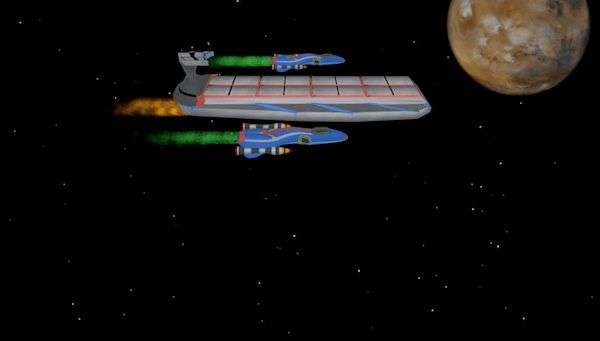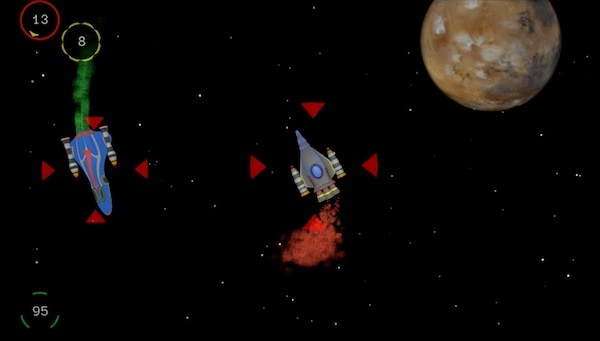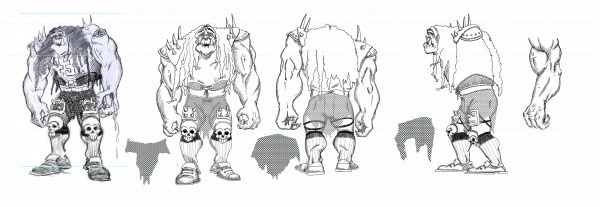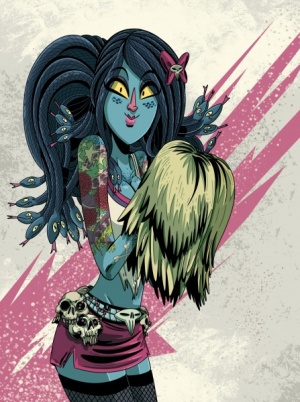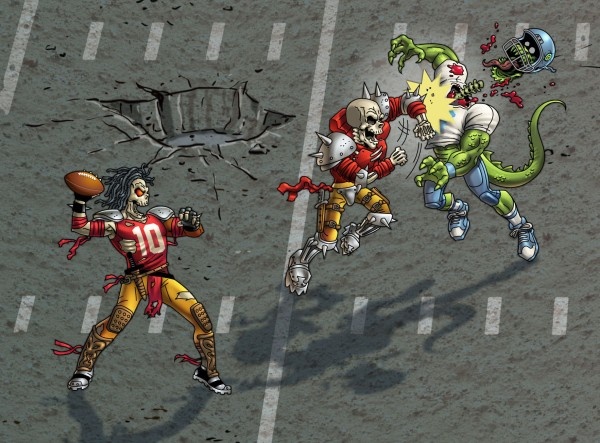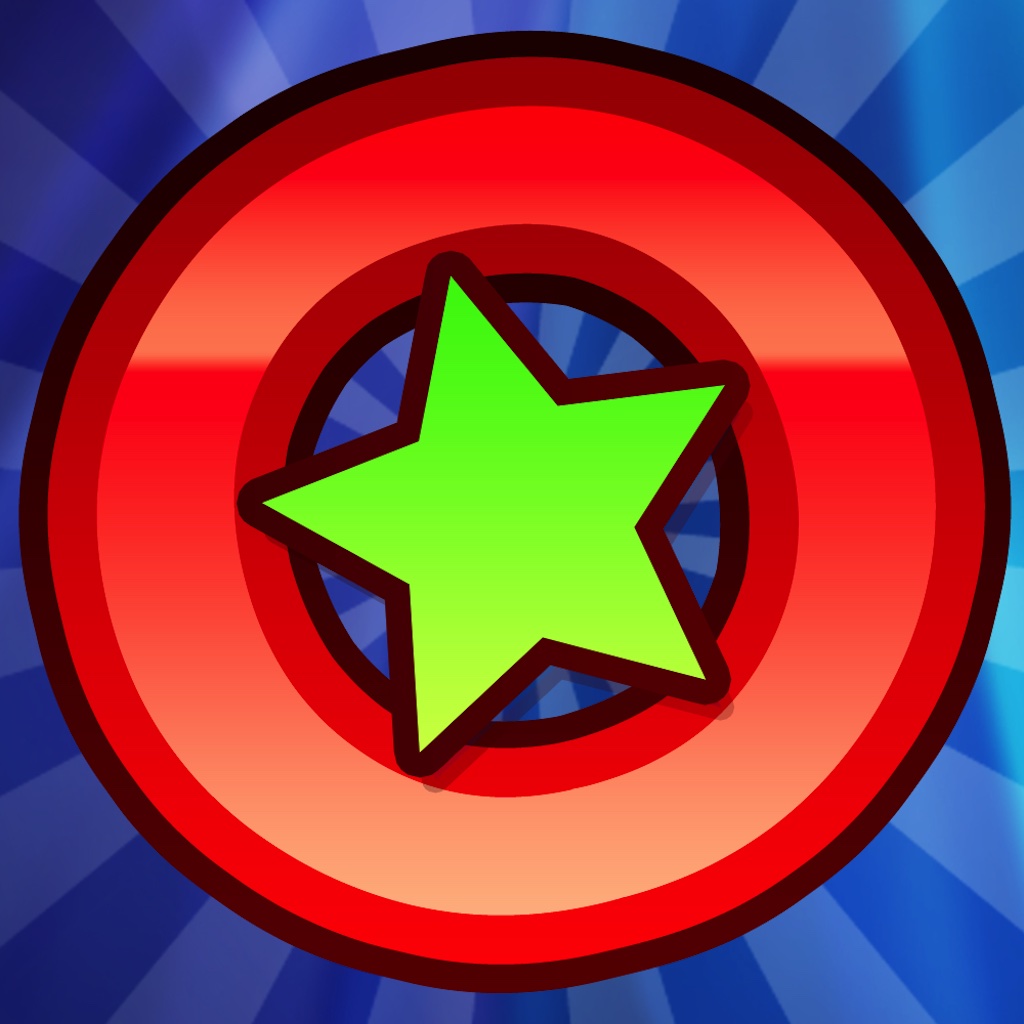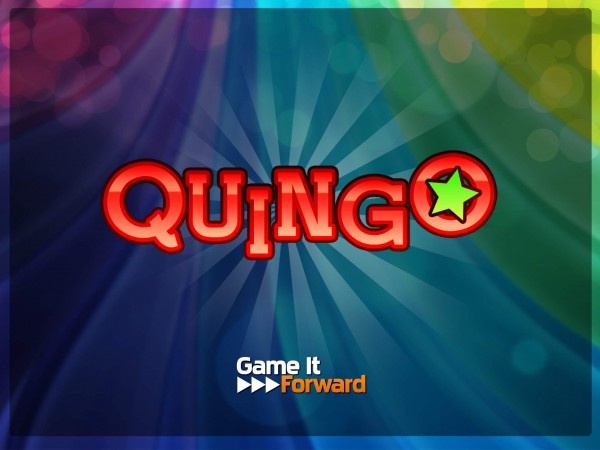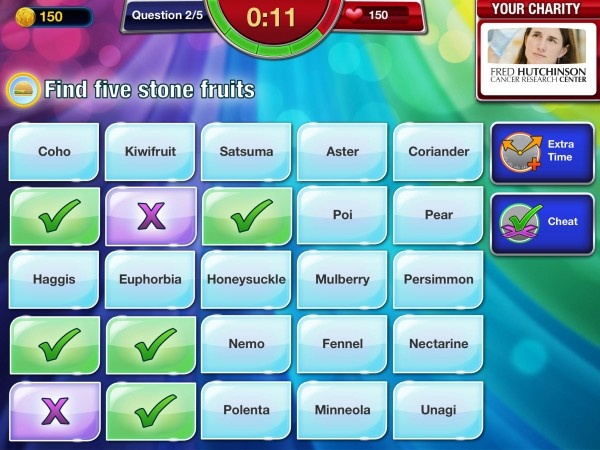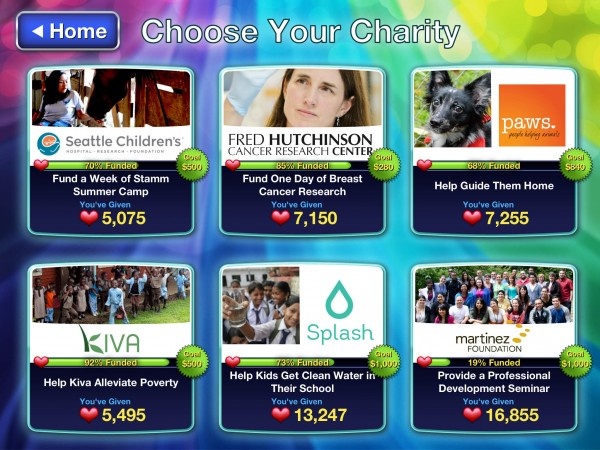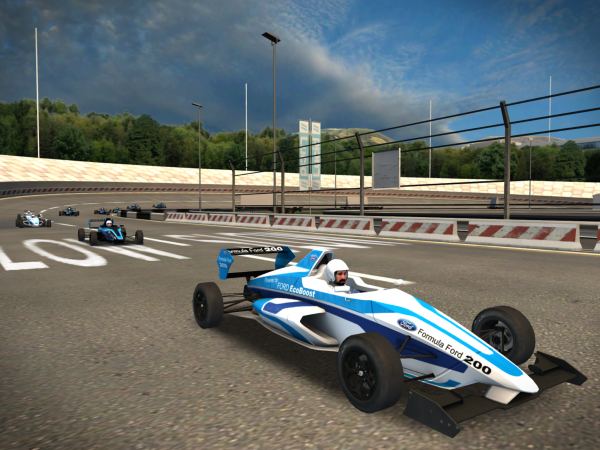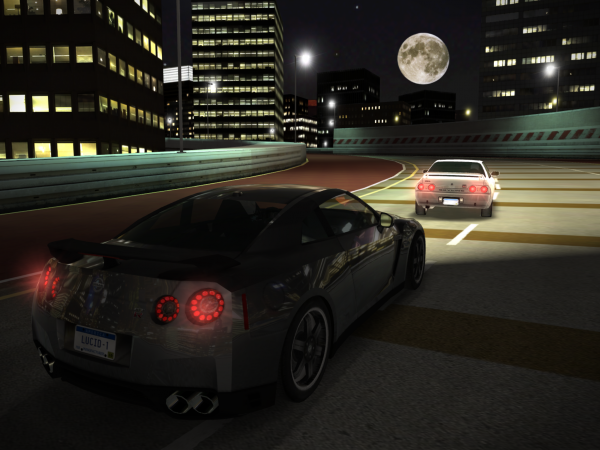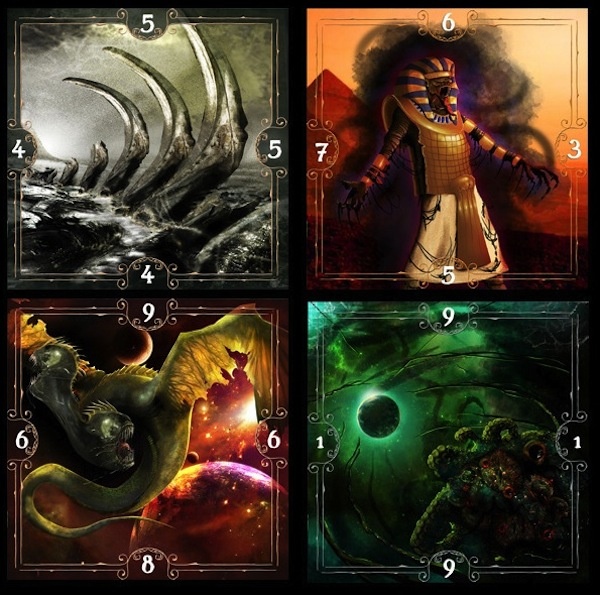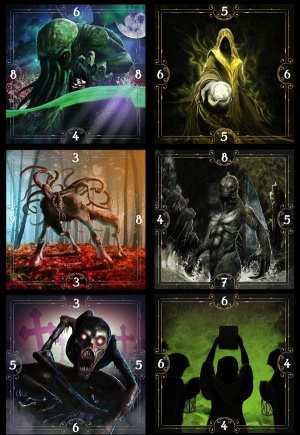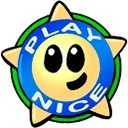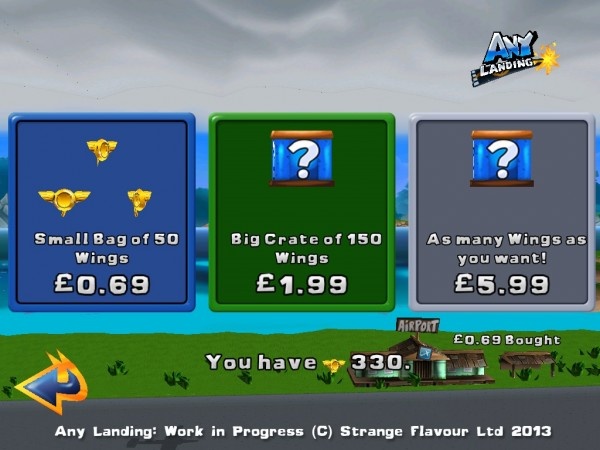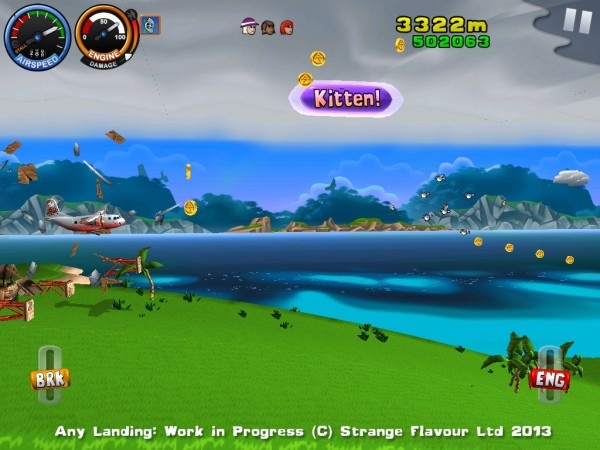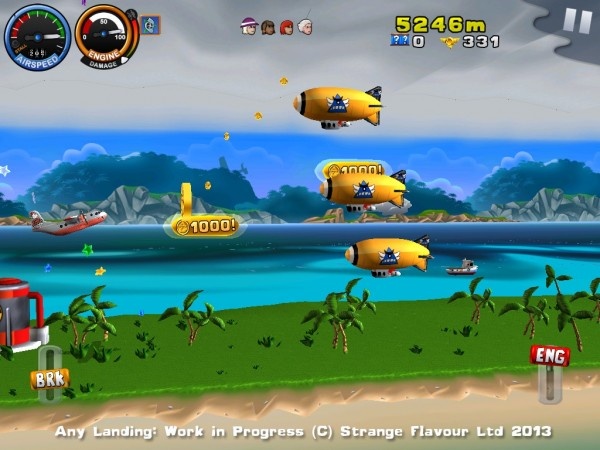With the release of iOS 7 upon us and a whole plethora of juicy new features for consumers and developers alike to enjoy, we took the time to ask some popular game developers just how they feel about it and what features they're looking forward to getting more intimate with.

Look and Design of iOS 7
The look of iOS 7 is a huge change for many, which explains why so many pivotal apps are changing their appearance; to make sure it ties into the new style of doing things. How about with games, though? And do game developers appreciate such a significant change?
For the most part, it's been considered a positive change from those we questioned. Andrew Smith of AppyNation and Spilt Milk Studios explained, "I like it! I’m a fan of refreshes – and although when I first saw the new look I wasn’t completely sold, since using it in studio on the betas it’s won me over." Stephen Morris of Greenfly Studios reinforced that view, emphasizing that the "redefining of the experience... it certainly feels fresh and more efficient."
Some apprehension was felt, though. As Richard Brooks of Rodeo Games explained, "a veteran iOS user may find it a little jarring at first," pointing out that, "the new look will split the room," from his personal experience of showing it to others. Ben Britten of Tin Man Games felt the same, pointing out that some people will love it and others will, predictably, hate it.
It's not all plain sailing though, as Martin Linklater of Curly Rocket explained, "to be honest the colours are a little garish for my tastes. Maybe in iOS 8 Apple will tone it down a little. It's not quite got the subtlety that Apple is known for." Aaron Fothergill of Strange Flavour felt the same, diplomatically pointing out that he's "getting used to it."
Even those who weren't a fan had to admit that they, for the most part, appreciated the cleaner interface.
Issues
More positively, few issues have been encountered thus far. For the majority of the people we asked, covering developers such as Hello Games, Hammer & Chisel, AppyNation, Spilt Milk Studios, Strange Flavour, and Green Fly Studios, hardly any issues were reported. The only few problems that did occur related to third-party tools, although noticeably Ben Britten of Tin Man Games found no issues with Unity3D. There were some early day problems with Rodeo Games's Warhammer Quest as explained by Richard Brooks, "The devices we were testing with were crashing a lot and it was very difficult to get anything working. Warhammer Quest didn't work at first due to some bugs in the iOS 7 main libraries, so we just had to sit back and wait. After about 4-6 weeks these were dealt with and are mostly good now."
It's a pretty positive sign for developers that iOS 7 should prove quite beneficial in the long run, given the limited issues that have been encountered so far.
Controller Support
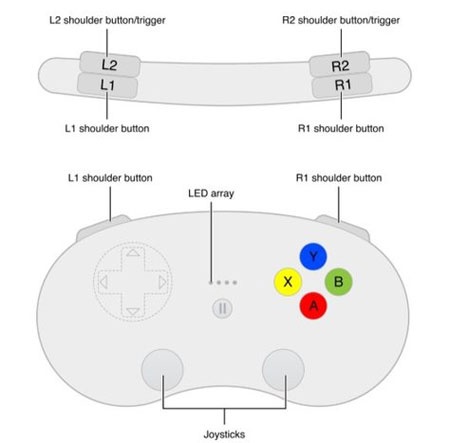
Concept art of a possible Apple Controller (via PocketGamer)
Arguably most significant of all for many game developers is the introduction of official controller support. How do they feel about it?
"For us, this is the biggest new feature of iOS 7." explained Aaron Fothergill, "The fact that they’re a standard is the important bit as we can actually design them into our game with the standard features in mind, so we can do it properly. We’ve already got test code in SlotZ Racer, Any Landing, and Apple Dash and we’re just waiting on controllers being available for us to actually test with and perfect the controls before we release games with them in and then we’ll be considering MFI controller as integral design parts of all our games."
Simon Renshaw, of PUK fame, has similar thoughts. " I love that its possible to play iPhone games on the big screen with Apple TV mirroring, latency is an issue though, as is battery life, so I kinda hope we'll see a controller bundled with a magical iPhone-charging HDMI cable!" Martin Linklater also thinks that the controller could be the "real killer feature," at least once adopted more frequently.
Hello Games' Sean Murray explained that "touchscreens are great for lots of games - like, I’m really proud of what we managed to do with the touchscreen design with Joe Danger Touch. There are some games that just benefit from buttons and thumbsticks though, and as a gamer, my thumb just feels comfortable sat on a nice analog button. Having officially supported controllers could be fantastic for broadening gaming on iPhones even further than it is today, bringing in the controller snobs like me! We're working on making something of all this right now, something that makes use of both touch and controller. We're throwing ourselves into it completely... I think people will be surprised how well it works."
Consider us fascinated as to what this will mean for Joe Danger on iOS!
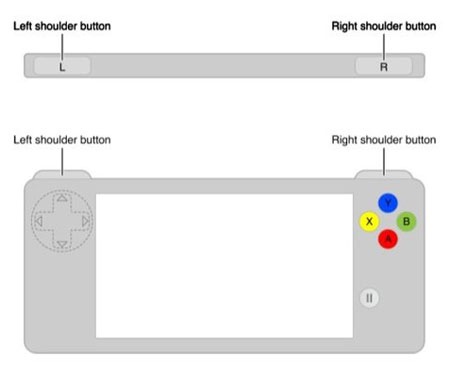
Another possible example of a future controller (via PocketGamer)
Andrew Smith is keen, but as he points out "[it's] hardly going to sell the games to more people. The vast majority of iPhone users and gamers are perfectly happy with good touchscreen interfaces, so we’ll be happy to continue to provide those!" Greenfly Studios feels the same way, with Stephen Morris explaining "our mobile games are currently more focused on the casual consumer but it doesn't mean we're not open to exploring the new niche!".
Richard Brooks also found such support less than essential, pointing out that Rodeo Games' titles are "designed entirely for mobile and tablet devices with touch screens and implementing controller support would make them worse." A fair point indeed. Jason Citron expressed similar views, explaining how Hammer & Chisel is "laser focused on building original high-quality games for tablets. A big part of that is taking advantage of the unique interaction a large touch screen affords."
With so many of the best developers doing a great job of providing touch-based interfaces, is there really a need for controllers after five years of perfecting touch controls? Perhaps not, but it'll be fascinating to see how things develop.
Revamped Game Center

For the most part, the revamped Game Center has been quite appreciated by those we asked. Andrew Smith puts it well, "it's really neat!" although does admit, while inventing a new word, that the icon is a little un-game-y. Stephen Morris particularly loves that there's a way to combat cheaters at last, which means "we can focus on providing consumers fun and realistic challenges." Like any self-respecting iOS gamer, Sean Murray explained "Seeing insane hacked scores on any game makes me sad. I’m... going to really appreciate the added security for score and achievement data, because it’ll hopefully mean there isn’t so much leaderboard hacking."
Richard Brooks points out what we've all been thinking in terms of old Game Center's looks, "I'm glad they've gotten rid of the horrible green felt style though!" because as Simon Renshaw says while describing the old interface as archaic looking, "what young person recognizes the connection between a black jack table and their favorite shooter?".
So, it's a fairly positive change for iOS 7 and some of its finest game developers. Understandably, there's some apprehension as is always the way with such a significant change, but the future is looking pretty bright. In particular, it'll be fascinating to see what comes of controller support, as well as the new and extra shiny Game Center.
Thanks to Curly Rocket's Martin Linklater, Strange Flavour's Aaron Fothergill, AppyNation/Spilt Milk Studios's Andrew Smith, Greenfly Studios's Stephen Morris, Rodeo Games's Richard Brooks, Laserdog Games's Simon Renshaw, Hammer & Chisel's Jason Citron, Tin Man Games's Ben Britten, and Hello Games's Sean Murray for taking the time to answer our questions.
